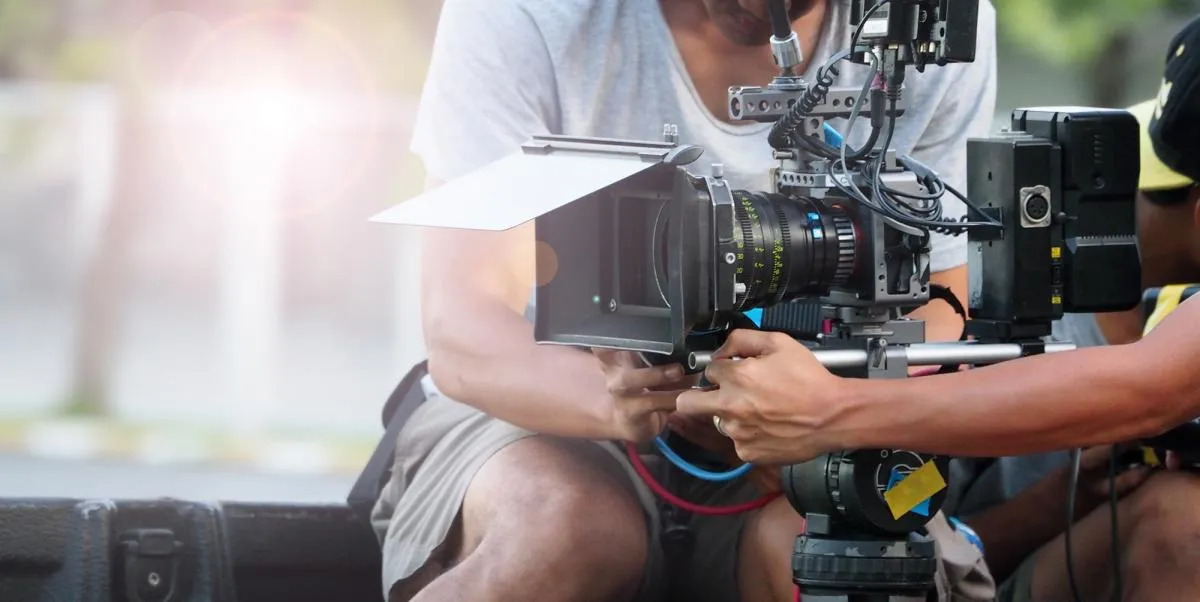The past year has forced many Americans to upend their daily routines, making what were once simple tasks much more complicated than before. That also holds true for TV production, as the COVID-19 pandemic forced many shows to pause production indefinitely starting in March. Since then, America’s TV industry has been working on a myriad of solutions to safely get back to filming.
While each project took a different approach, there are a few areas of overlap. For instance, many studios have hired “COVID Compliance Officers” who are tasked with ensuring every safety precaution is taken, and that production follows local health orders. Productions are broken down into “zones” ranging from “A” (the actors and staff that must be on set) to “D” (people like editors and effects specialists who can do their jobs from home) with different levels of COVID-safety precautions and testing protocols for each zone. That kind of caution has also been extended to what kind of scenes get filmed, with many networks opting out of scenes with crowds, fist fights, guest stars, or intimacy between characters.
Shows like Disney+’s The Mandalorian were already in a good position to quickly adjust this spring, thanks to the innovative way the show creates virtual sets and films on a digital stage, meaning fewer folks on set and complete flexibility with locations. The show uses a state-of-the-art digital-screen stage in lieu of traditional sets or on-location filming, which gives it a sense of reality rarely achieved in Sci-Fi. By combining the stage with virtual-world sets similar to those built for video games, directors can completely manipulate their surroundings, almost like a holodeck.
Without a futuristic hologram-like-stage, other productions had to get a bit more creative. Hallmark began filming its holiday movies this summer, but because of the pandemic, faced challenges acquiring props. Crews ended up working with local shops and communities to source holiday decorations.
Audiences around the globe also count on TV networks to bring them up-to-date news about the world around them. National Geographic crews faced increased travel challenges and learned to quickly and safely navigate the new and often complicated travel regulations. But that didn’t stop them from filming and producing new series, like Category Six, a show about storm chasers.
Discovery also pivoted to address the realities of COVID-19 in many of its shows, portraying how people adapted to the pandemic, often times using their time to help their communities. In Discovery’s show, Moonshiners, the owners of a distillery took the opportunity to make hand sanitizer when it was in short supply.
Then there was ESPN, a network that brought viewers joy and entertainment with the first ever Virtual NFL Draft. Production and coordination of draft prospects, team general managers, and coaches from all over the country was no easy feat, but ESPN’s technology and storytelling efforts came together and reflected a very important moment in sports history and in America.
Other events planned to be in-person also had to quickly adjust to the new reality. One of the best examples was the BET Awards, whose organizers managed to completely reimagine the show to be remote, without feeling isolated. Guests stayed in and performed at home. Amanda Seales, this year’s host, assembled the green screen and the entire filming setup in her living room completely by herself, all before hosting the whole program flawlessly.
Late night comics, too, had to scramble to figure out how to produce a nightly broadcast on the fly. Shows like Full Frontal with Samantha Bee and The Daily Show with Trevor Noah both brought viewers into new locations; Noah’s New York City living room, and Bee’s back yard in an upstate New York forest. Initially a challenge, Bee’s team says they might end up changing how they do things even after the pandemic.
Disney Channel’s Raven’s Home has taken to filming children separately from adults, and then editing the two together with audiences none the wiser. And Pop TV’s One Day At a Time was planning on airing a special episode this spring, but when COVID-19 forced an indefinite pause, showrunners decided to animate the episode to get around health concerns.
At the end of a year that challenged the globe in ways previously unimaginable, it’s important to take stock of the ways in which America’s TV industry rose to the occasion and how the successes and lessons from the pandemic will shape the future. With 2021 on the horizon, TV networks continue to explore new and innovative approaches to these new production challenges. Some of those changes may even stick when the virus is an afterthought. In the meantime, America’s boldest storytellers continue to find solutions that allow viewers to take their minds off the real world for a bit.









